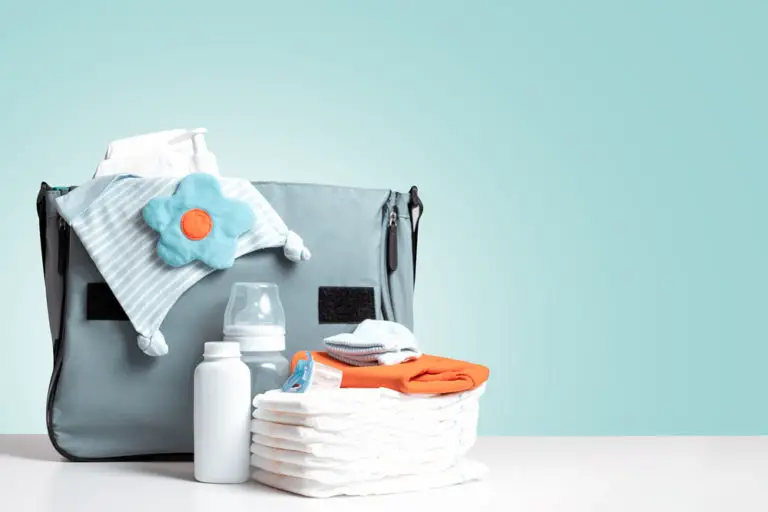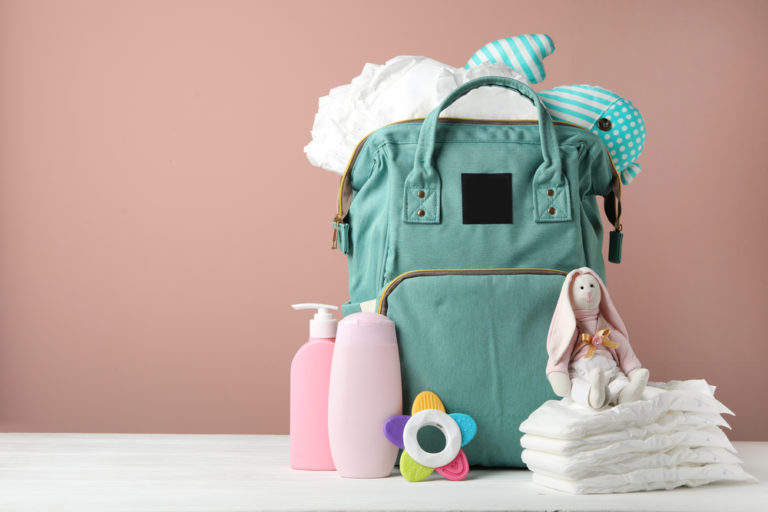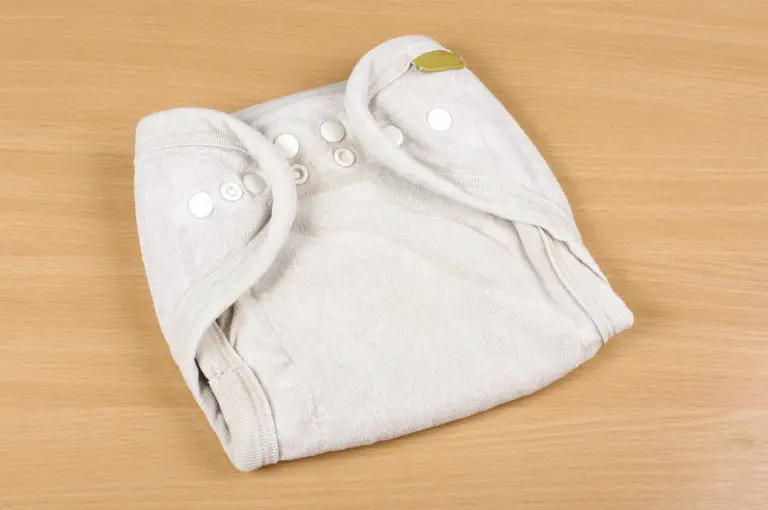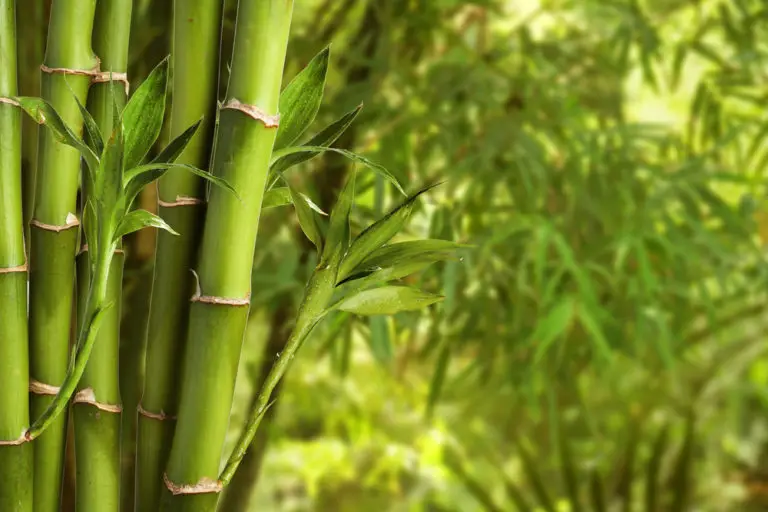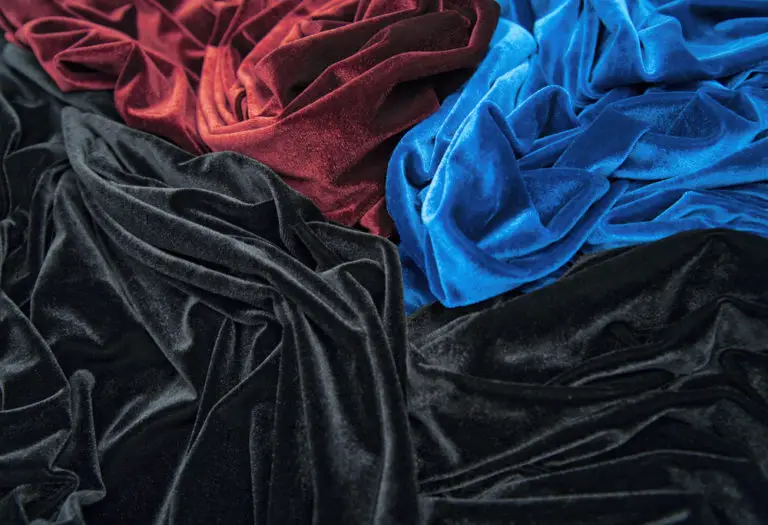Bamboo Fabric: Properties, Pricing & Sustainability (2024)
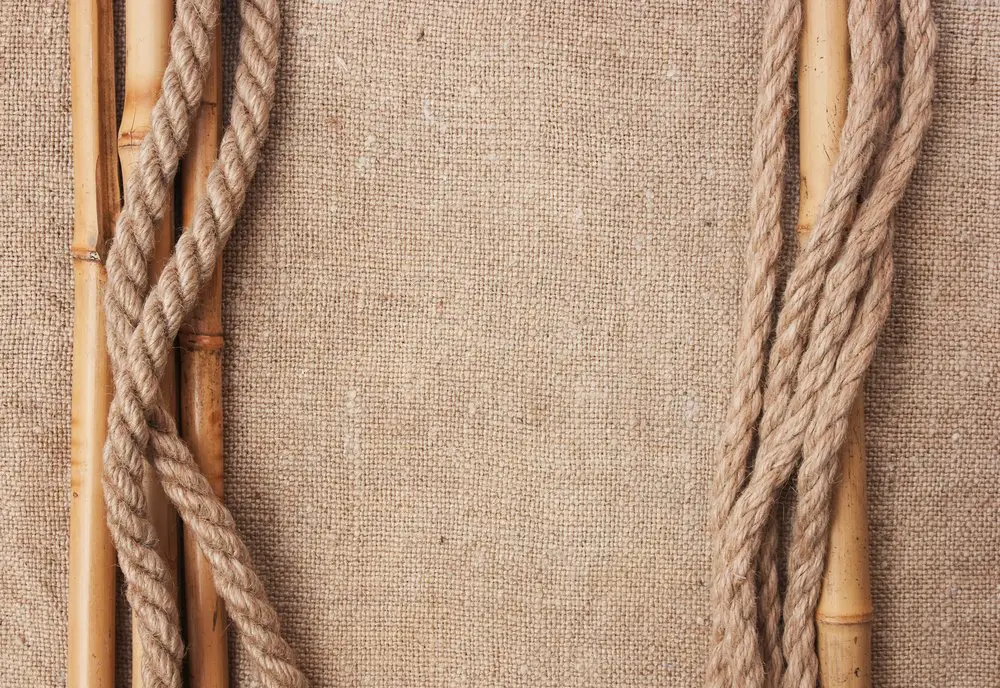
Bamboo fabric is any fabric that is made using the bamboo plant. Bamboo has been used to make paper and fabric for thousands of years, but it is only in recent history that bamboo products have hit mainstream markets. In most cases, bamboo is considered a sustainable resource, and it can be used to make a wide variety of textiles and products.
Fabric Profile
Fabric Name: Bamboo
Synonyms: Retting, Bamboo linen, Bamboo yarn, Bamboo rayon
Fiber Type: Natural
Breathability: Very breathable
Absorbency: Very absorbent
Characteristics: Breathable, absorbent, moisture-wicking, stretchy, soft
Washing Requirements: Warm water, no bleach
Common Uses: Cloth diapers, clothing, towels, bedding, linens
Heat Press Temperature: Iron on medium to low heat and turn the fabric inside out
- What is Bamboo Fabric?
- Types of Bamboo Fabric
- Bamboo Fabric Characteristics
- Downsides of Bamboo Fabric
- Common Uses of Bamboo Fabric
- Bamboo Fabric Pricing
- How is Bamboo Fabric Made?
- Where is Bamboo Fabric Manufactured?
- Bamboo Fabric Environmental Impact
- Bamboo Fabric Certifications
- History of Bamboo Fabric
- Bamboo Fabric Alternatives
What is Bamboo Fabric?
Bamboo cloth is a fabric made using fibers from the bamboo plant. Bamboo, a fabric that once had a relatively limited market, is now mainstream and is often compared to cotton, silk, and cashmere due to its softness.
Bamboo material is naturally antibacterial and possesses ultraviolet properties making it an excellent fabric choice for summer and outdoor clothing.
Bamboo is naturally stretchy and breathable and is often combined with other fibers and materials to make clothing, bags, linens, curtains, and backpacks.
Bamboo is categorized by its thread count; the higher the thread count, the softer the fabric. The most common range of bamboo thread counts is between 300 and 600, and it refers to how many threads are packed into a square inch.
Fabric from bamboo has been used for thousands of years in Asian cultures, predominantly China, where it grows in abundance. Today China is the leading exporter of Bamboo.
Bamboo vs. Cotton vs. Modal
Bamboo, cotton, and modal are all fabrics that are made from plants. Bamboo is made using the pulp of the bamboo stalk, and modal is made from the pulp of trees, traditionally beech. Cotton is produced using the soft fibers of the cotton plant.
All three fabrics are naturally soft, breathable, and lightweight. In addition, bamboo and modal are better at wicking moisture away than cotton, and they are both less likely to shrink than cotton.
When ethically sourced and farmed with sustainable practices, both modal and bamboo are more environmentally friendly than cotton. However, organic cotton is much more eco-friendly than traditionally farmed cotton because it uses less water and causes less soil erosion.
A benefit all three fabrics can boast is that they are biodegradable when not blended with synthetic fabrics, and they are plant-based, which allows vegans to use them.
Types of Bamboo Fabric
There are three main types of bamboo fabric widely produced and available; bamboo viscose, mechanically produced bamboo and lyocell-bamboo. Mechanically produced bamboo fabric is considered the most natural fabric since the other two are blended with synthetics.
All three types of bamboo fabric are used to create clothing and textiles and have unique properties. Additionally, manufacturers have begun making blends of organic cotton and bamboo fabric.
Bamboo Viscose
Bamboo viscose is the most widely produced bamboo material worldwide. Another name for bamboo viscose is bamboo rayon, and it is created through a complex chemical process that depletes the environmental benefits of using bamboo to make clothing.
Consumers enjoy bamboo viscose’s silky, smooth texture, which is why it is a popular choice for bedding, sheets, and clothing. In addition, bamboo rayon is an inexpensive fabric and is fairly easy to clean. In most cases, you can wash bamboo viscose in the washing machine with mild detergent and then dry on low heat.
You should never use bleach with bamboo viscose, and if needed, you may iron the fabric, but only on a low heat setting.
Fine Bamboo Fiber
Fine bamboo fiber, more commonly called by its lengthier name, mechanically produced fine bamboo fiber, is the most natural of the bamboo fabrics and is the only one that can genuinely be called 100% bamboo.
Fine bamboo fiber is a durable, strong, and soft fabric, but it is expensive to produce, and the process is lengthy. To make this style of fabric, the plant’s stalk is broken down using natural bamboo enzymes to make a soft pulp.
Next, the pulp is combed to produce individual fibers, which can be spun into yarn. This incredibly soft and natural style of bamboo is sometimes referred to as bamboo linen or bamboo cotton.
Lyocell Bamboo Fabric
Lyocell bamboo fabric is another environmentally friendly style of bamboo fabric. Lyocell is made using regenerated cellulose is and is technically another style of rayon, although more eco-conscious than traditional rayon.
Bamboo clothing is often made from lyocell bamboo because of its soft, silky. Clothing manufacturers use lyocell bamboo to make shirts, jackets, pajamas, sweaters, hats, suits, and undergarments.
Lyocell bamboo is also used to manufacture sheets, bedding, upholstery, curtains, carpets, towels, and other home decor items.
The bamboo fiber is sometimes mixed with other textiles when creating lyocell and lyocell bamboo products are relatively inexpensive.
Bamboo-Cotton Fabric
While some manufacturers call mechanically produced fine bamboo fiber bamboo cotton, there is actually a fabric made by blending bamboo and organic cotton. Whether 100% baboon or blended, Cotton bamboo fabric is the only style of bamboo fabric eligible for organic certification.
Organic cotton-bamboo fabric has many benefits over 100% bamboo or 100% cotton because it marries together the best of both fabrics. In addition, bamboo is better at holding its shape than cotton, although it does shrink.
Both cotton and bamboo are breathable, but cotton maintains warmth better, so a blended organic bamboo-cotton fabric may be your best choice, depending on what the fabric is being used for.
Bamboo Fabric Characteristics
People often praise bamboo fabric properties, and rightfully so, the fabric has many natural positive attributes. To begin with, fabric made of bamboo is antibacterial and hypoallergenic. Additionally, bamboo holds its shape better than some stretchier fabrics.
Bamboo textiles are lightweight and breathable yet at the same time are strong and durable. Bamboo fabric texture ranges from soft to silky and is very comfortable to wear against the skin.
Bamboo fabric is easy to wash and dry, although you should avoid bleach, and low heart is optimal when drying and ironing. It is advisable to read your clothing and textile labels before washing as you should wash some bamboo on warm and some on cold.
One of the positives about the characteristics of bamboo is that they don’t alter much from product to product. Bamboo is consistently comfortable and soft, although high-quality bamboo will have a higher thread count that will only make it softer!
Downsides of Bamboo Fabric
To be honest, there are not many negative bamboo fabric qualities, but here are a few factors you may wish to consider when purchasing bamboo.
Overall, bamboo is a sustainable resource because it grows easily and quickly; however, not all bamboo is grown in a sustainable or ethically sourced manner. In addition, bamboo is the primary food source for pandas, which are endangered, and some farming may harm the habitat of the great panda.
Bamboo that is not manufactured in an eco-friendly manner releases harmful toxins and pollutants that are dangerous to the environment and those working with the chemicals.
When it comes to the fabric, bamboo is not a particularly warm material, so depending on where you live or what you are using, the fabric for another textile might be more suitable.
A few negative characteristics of bamboo fabric are that it is prone to wrinkling, shrinking, and pilling.
Common Uses of Bamboo Fabric
Bamboo fabric is widely used in the clothing and textiles industries. Because of its soft and silky texture, it is often used to make undergarments, blouses, and shirts. However, bamboo fabric’s durability is no joke, and due to its strength, it is also a popular choice for sportswear, jackets, and suits.
Another everyday use for bamboo is in cloth diapering and washable sanitary pads. Bamboo’s natural antibacterial and hypoallergenic qualities are two of the top reasons for being popular among cloth diaper users. Additionally, it is excellent wicking-moisture away.
Modern bamboo fabric is also widely used for household goods and decor such as towels, linens, sheets, bedding, curtains, upholstery, and carpets.
Although textiles made from bamboo have existed for thousands of years, bamboo didn’t become a widely used fabric until the 20th century. Nevertheless, the modern bamboo industry generates over two-billion dollars annually because the textile has become so widespread.
Bamboo Fabric in Cloth Diapers
Bamboo fabric is widely used for cloth diapering due to its many positive attributes. Bamboo is extremely good at wicking away moisture to keep your baby’s bottom dry. Additionally, it is breathable, soft, and can be placed directly next to your baby’s bottom.
As a bonus, bamboo is naturally antibacterial and hypoallergenic, making them an even better choice to use with your baby’s sensitive bottom. Bamboo is usually used as an absorbable insert placed inside pocket, all-in-one, or hybrid diapers, but you can also make pre-folds and flats out of bamboo cloth.
You can also purchase disposable and biodegradable liners. To use the liners, you place them over the absorbent layer in the diaper, and then when your baby has a bowel movement, you can simply remove the liner and flush. Disposable liners can be extremely helpful in cleaning messing diapers when traveling.
Some diaper manufacturers are now making biodegradable disposable diapers from bamboo, which are a more eco-friendly option than traditional disposable diapers.
Bamboo Fabric Pricing
Bamboo fabric pricing relies heavily on the bamboo fabric quality and the process by which it is made. For example, fabric manufactured using the mechanical method will always be more costly than chemical engineered bamboo. In most instances, mechanically produced fine bamboo fiber cloth will be more expensive than traditional cotton.
The most significant difference in bamboo fabric price comes from the manufacturing style. Mechanically processed fine bamboo fabric by the yard costs upwards of $40 to $100 a yard at most fabric shops on online retailers. Typically mechanically manufactured bamboo fabric color is unbleached or natural in shade.
Bamboo fabric that is chemically produced is much less expensive and averages under $20 per yard. Bamboo fabric blended with cotton and other textiles also costs under $20 a yard with an average price of around $15.
Chemically produced bamboo and bamboo blends also come in a wider variety of colors and patterns than mechanically produced bamboo.
How is Bamboo Fabric Made?
The process of making mechanical processed fine bamboo fiber is quite simple. First, the bamboo cellulose must be extracted from the stalk. The cellulose is the soft, inner layer of the plant stalk. Next, it is soaked in natural enzymes to create a pulp. The pulp is then washed and spun into fibers.
Unfortunately, producing bamboo viscose, which is the most widely made type of bamboo, is lengthy, wasteful, and has a negative impact on the environment.
The process begins the same way, by removing the cellulose; however, in this process, the wood is exposed to chemical solvents to remove the cellulose. Next, the cellulose is pressed into sheets and soaked in carbon disulfide. Then, the bamboo is processed through a spinneret which makes strands. Finally, the strands are placed in sulfuric acid to create filaments which can then be spun into yarn.
Despite the chemical process being longer, it is cheaper, and it also results in a more inferior product than mechanically processed bamboo.
Where is Bamboo Fabric Made?
Bamboo fabric is predominantly produced in Asia, where bamboo naturally grows. China is the world’s biggest exporter of Bamboo, but India, Pakistan, Afghanistan, and Indonesia also are significant manufacturers and exporters.
Because bamboo is a sturdy plant that grows relatively easily in most places in the world, the bamboo market is slowly evolving. In addition, Europe and the United States have also begun growing significant amounts of bamboo for use in textiles. However, most of the bamboo grown in the United States is for domestic use, so very little of this is exported.
The U.S. production of bamboo may begin to affect China and other Asian nations where labor is cheap, but working conditions are typically poor and unhealthy. More and more western consumers are looking for sustainably and ethically produced products and are more likely to find those products manufactured in the United States, Canada, and western Europe.
Bamboo Fabric Environmental Impact
Different types of bamboo fabric have different impacts on the environment. However, mechanically produced bamboo is the most eco-friendly option as it does not use any harsh chemicals in the process and creates minimal pollution. Additionally, the natural enzymes used to extract the cellulose can be used repeatedly.
Chemically produced bamboo is rather harmful to the environment and the people who work in the manufacturing plants. The chemical compound used to extract the cellulose is harmful to breathe in and for the local wildlife. As a result, chemically produced bamboo is no longer allowed to be made in the United States.
Bamboo as a fabric, regardless of how it was manufactured, is considered biodegradable, which is a plus. Also, bamboo requires very little water to grow and typically only needs natural rainfall to flourish. Compared to products like cotton, which uses massives amounts of water, that is another positive for the environment.
Bamboo Fabric Certifications
If the bamboo fabric has been produced using the mechanical process, and it uses organic bamboo, or it is an organic cotton-bamboo blend, it can be certified organic by the USDA. To receive the USDA certification, the fabric must be both ethically and sustainably manufactured.
Other types of bamboo fabric, such as viscose, the main competitor on the market, cannot be certified as organic. Therefore, if a company states they sell organic bamboo rayon, they make an untrue claim as there is no such fabric.
Like many other fabrics, bamboo can also earn the Oeko-Tex Standard 100. Standard 100 is an independent certification that fabrics must meet a long list of requirements to receive. Some of those requirements include that the fabric does not include allergens, has been tested for pesticides and heavy metals, and is free from any biologically active fabric finishes.
History of Bamboo Fabric
Bamboo fabric and textiles have been produced in Asia for thousands of years; however, bamboo fabric history is much more recent for widespread use.
For example, it wasn’t until the 19th century that bamboo began being used as clothing among westerners. Additionally, the Chinese used bamboo for various items, including dishes, tools, paper, instruments, and weapons.
Philip Lichtenstadt filed the oldest U.S. patents for bamboo clothing in 1864. His original plan
was to use bamboo fibers to create rugs, ropes, paper, and fabric. However, it wasn’t until the early 2000s, when Bejing University released the results of their work in making bamboo a usable textile, that bamboo cloth took off.
Since the early 200s other manufacturers, who were working on similar processes at the same time, have developed more eco-friendly and sustainable ways to create bamboo fabric.
Over the past few decades, bamboo production has spread globally. While China is still the foremost manufacturer and exporter of the textile, the United States now grows and produces most of the bamboo fabric used here.
Bamboo Fabric Alternatives
When it comes to bamboo fabric weight and texture, cotton and liner are the most similar fabric types on the market. All three fabrics are breathable and lightweight; however, cotton doesn’t do as well at wicking moisture away.
Bamboo is naturally pest-resistant, which means harsh chemicals and pesticides aren’t needed to grow it; however, organically grown cotton will be pesticide-free, it will also cost more.
Linen, cotton, and bamboo are soft fabrics, with bamboo probably being the softest; however linen has the lowest thread count, so it is the least effective at keeping you warm. Cotton is the warmest of the three fabrics, so consider your climate and what you’re using the fabric for.
Natural mechanically processed bamboo is the most expensive of the three fabrics, with linen and organic cotton costing about the same.
When it comes to cloth diapering, bamboo is the clear winner of the three because it is the softest, best at wicking moisture away, the most absorbent, and naturally hypoallergenic, and antibacterial.
FAQ
How is bamboo fabric made?
There are two methods to make bamboo fabric. One is a chemical-free mechanical process, and the other uses chemical solvents to remove the cellulose from the stalk.
What does bamboo fabric feel like?
Bamboo fabric has a soft, silky texture. It is often compared to cotton, silk, and cashmere.
So what is bad about bamboo fabric?
There are many positive bamboo facts; unfortunately, chemically produced bamboo fabric is harmful to the environment and the people who make it.
Is bamboo fabric better than cotton?
One isn’t better than the other, although some may argue for one or the other. Both bamboo and cotton have positive and negative traits, so it depends on what your needs are.
Is bamboo fabric breathable?
Yes, bamboo fabric is very breathable. It is also lightweight and moisture-wicking, so it is excellent for warm climates.
Do bamboo clothes shrink?
Bamboo clothing and textiles do have a propensity to shrink. For optimal results and long life always follow the washing instructions written on the label.
Why is bamboo fabric so expensive?
Natural bamboo fabric that is mechanically produced is expensive because of the amount of time it takes to extract the cellulose naturally. It is a simple yet lengthy process.
Is bamboo fabric durable?
Bamboo fabric is very durable and strong despite also being lightweight and breathable.
Is bamboo fabric stretchy?
Bamboo fabric has some stretch to it however it is also prone to being stretched out of shape.

Laurel Davidson
Laurel brings her passion for parenting and years of problem-solving experiences to ParentingMode. She is the editor of ParentingMode, ensuring that the content is relevant and valuable to the readers. Laurel received her master’s degree in public administration with a certificate in economic development. She is a stay-at-home mom, raising two adorable kiddos, Aurora and Thomas. Laurel enjoys sharing her experience as a parent, traveling, and good food.

